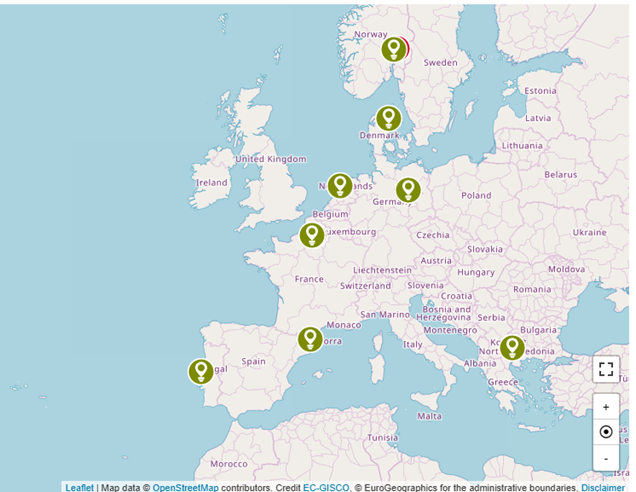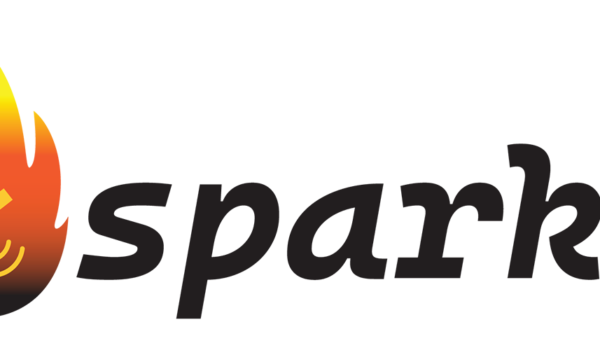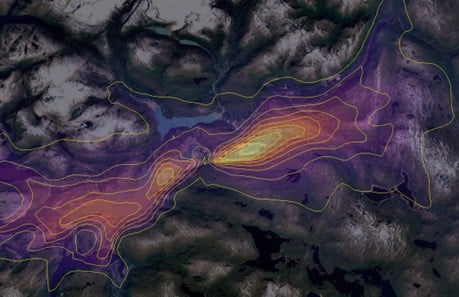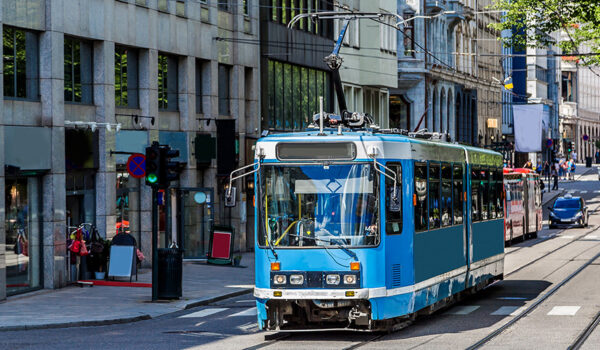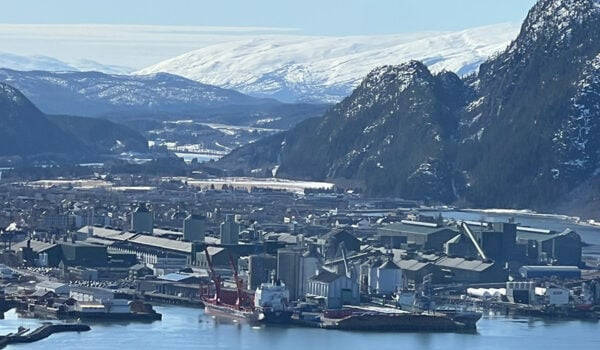
Satellite-based services to support sustainable land use practices under the European Green Deal
GreenEO is a Horizon Europe project that uses satellite data, environmental modelling, and artificial intelligence to support sustainable land-use practices across Europe.
As environmental pressures intensify, such as urban expansion, pollution, biodiversity loss, and climate-related risks, GreenEO aims to deliver actionable information for policymakers, land managers, and communities.
By integrating next-gen satellite data from EUMETSAT, digital technologies, atmospheric inverse models, and machine learning, GreenEO will provide decision-makers with advanced tools for land use, pollution tracking, and protect biodiversity.
The project’s mission is to:
- provide improved satellite-based environmental information to support sustainable nature protection practices
- focus on four land-use areas: cities, agricultural areas, forests and ecosystems
- facilitate the creation of practical applications such as high-resolution air quality maps, emissions tracking applications, forest fire services, and tools to monitor the health of ecosystems
[caption id="attachment_59467" align="alignnone" width="587"]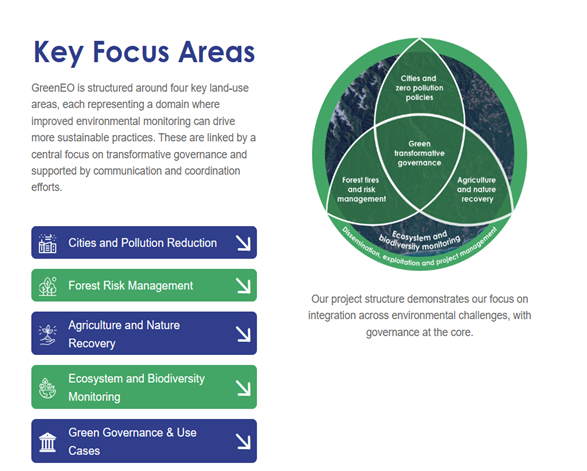 See more on the projects' official web page[/caption]
See more on the projects' official web page[/caption]
[caption id="attachment_59460" align="alignnone" width="548"]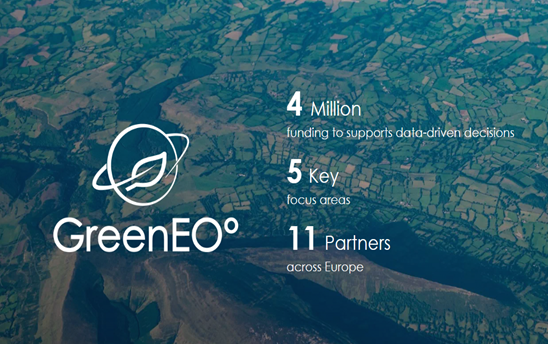 See more on the projects' official web page[/caption]
See more on the projects' official web page[/caption]
Collaborators shown in map
